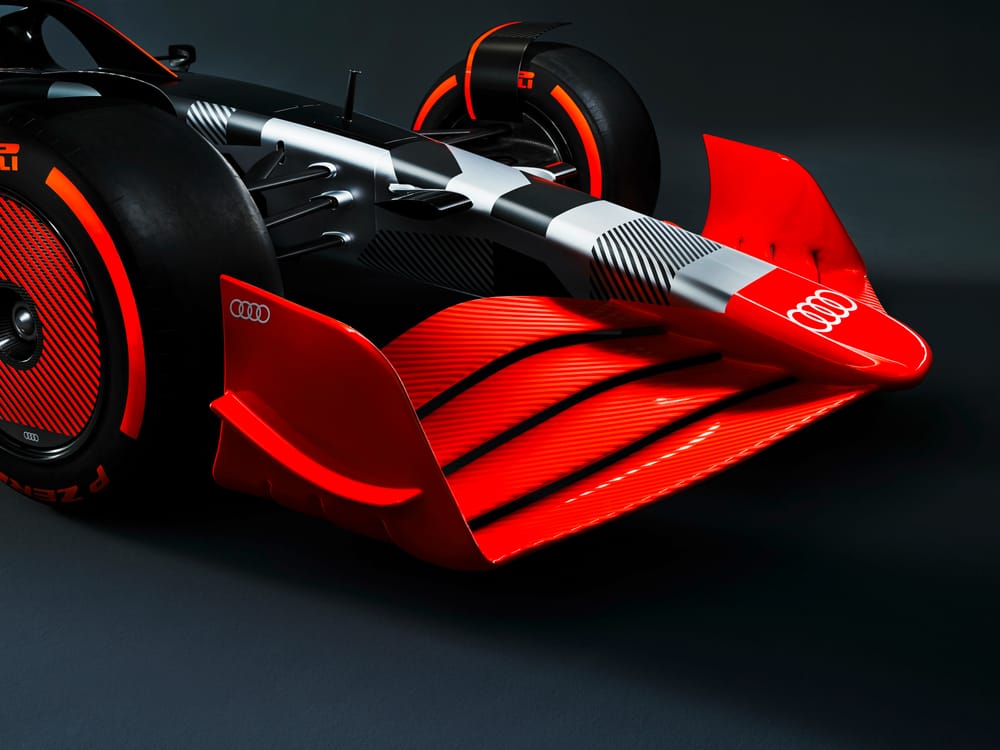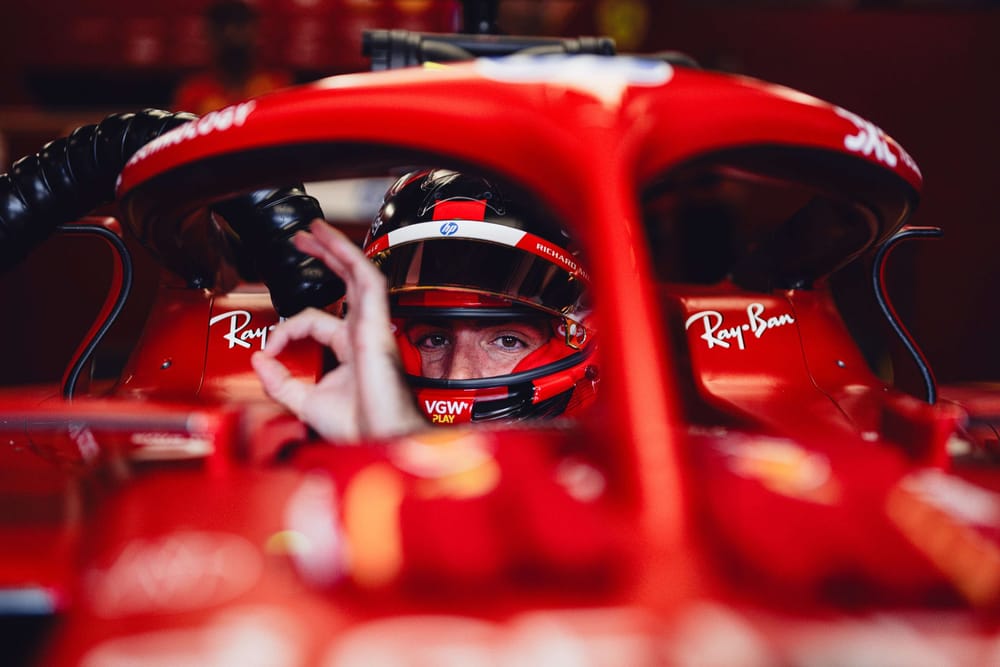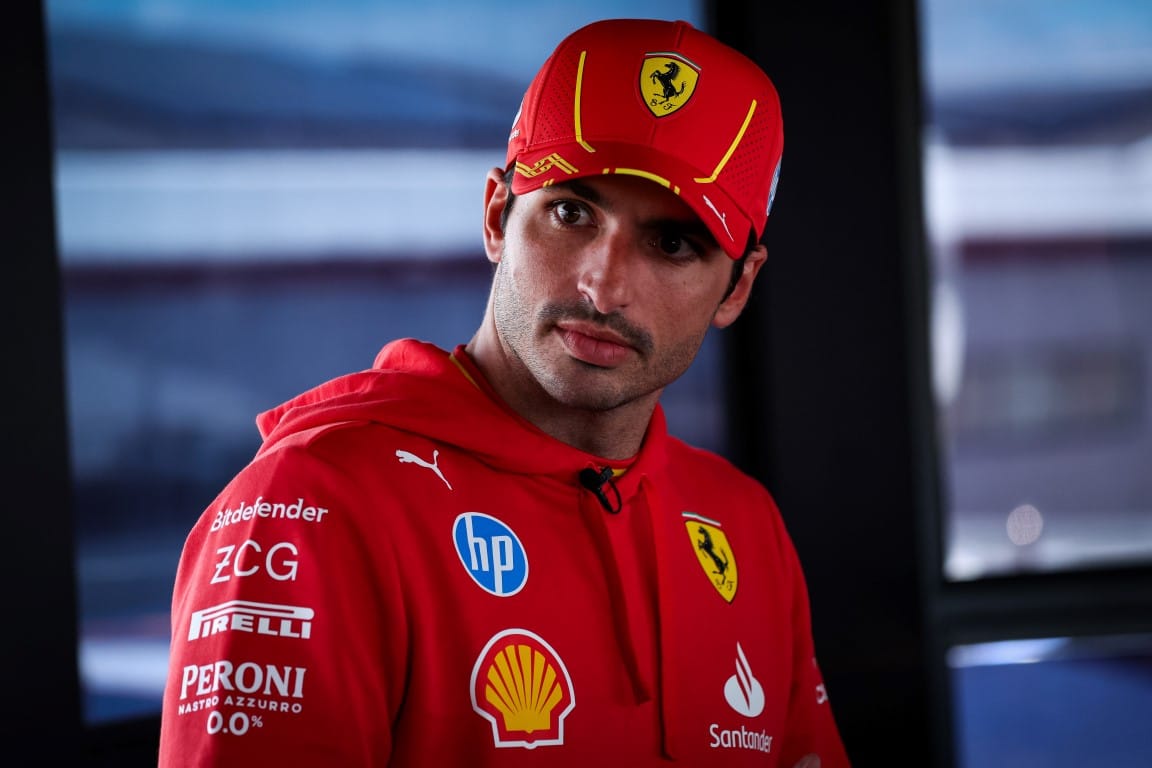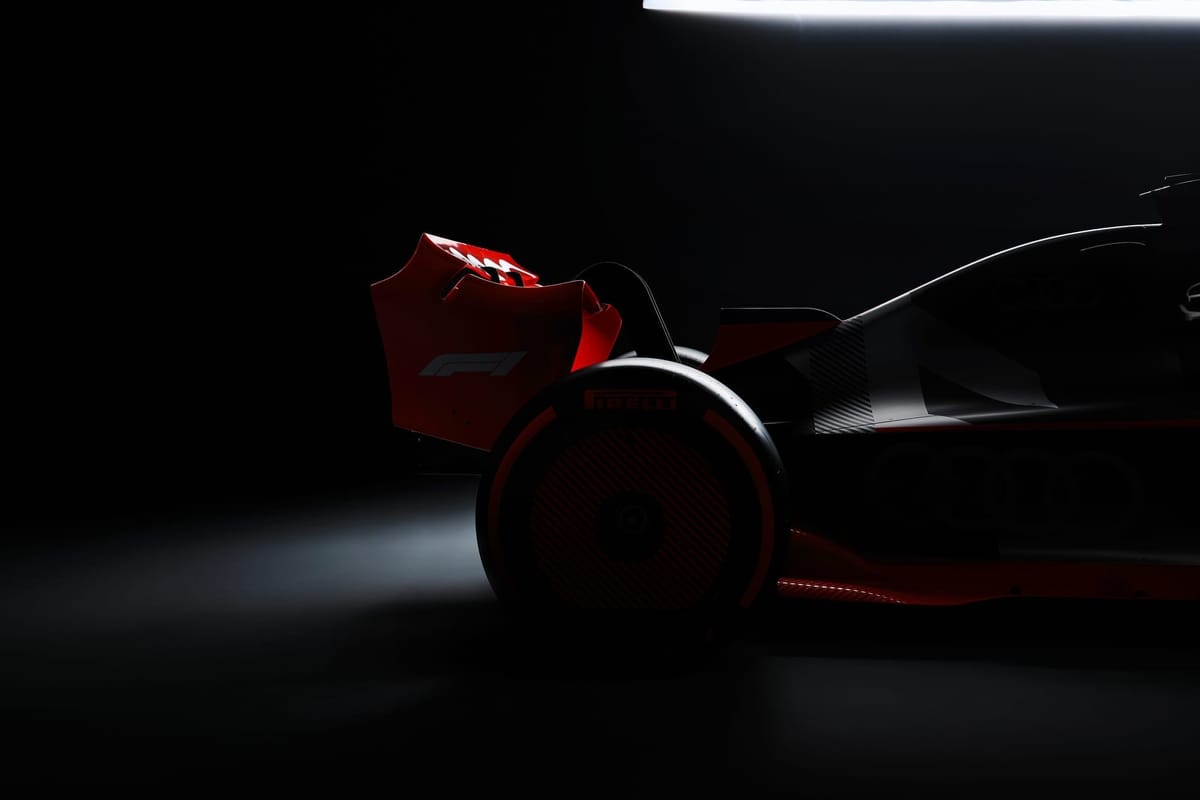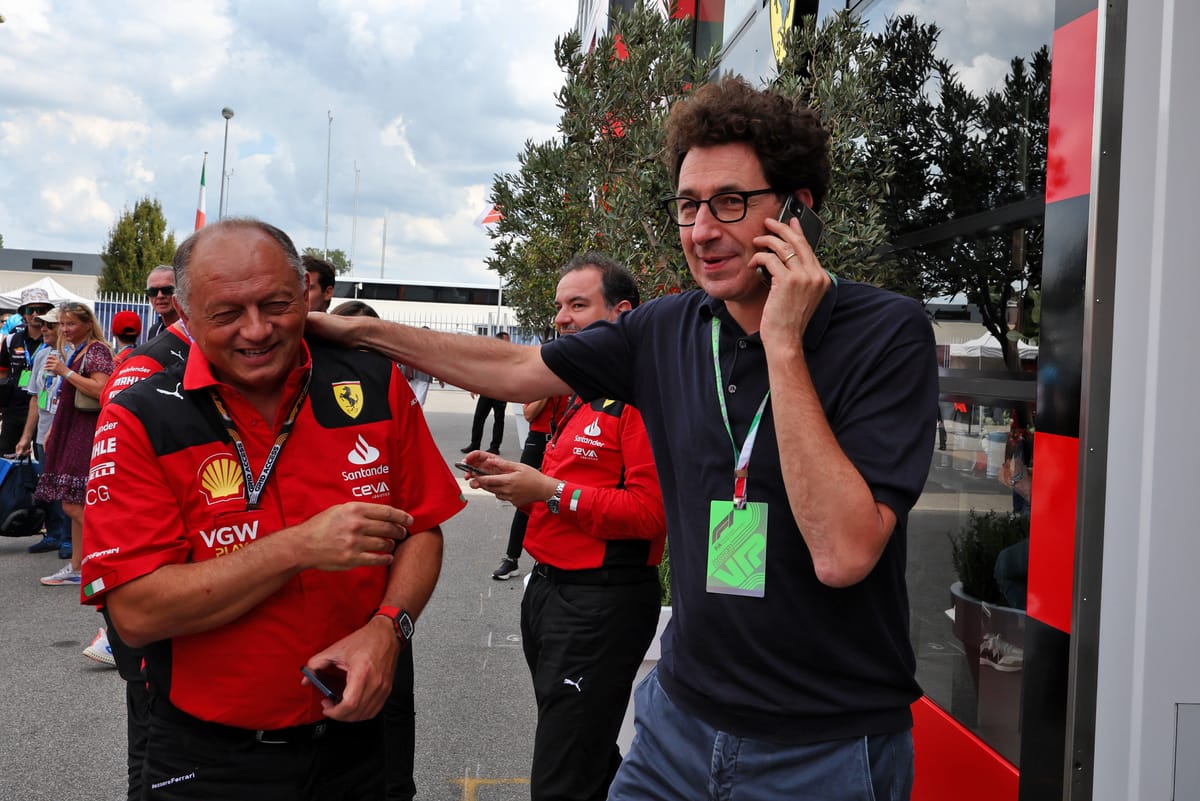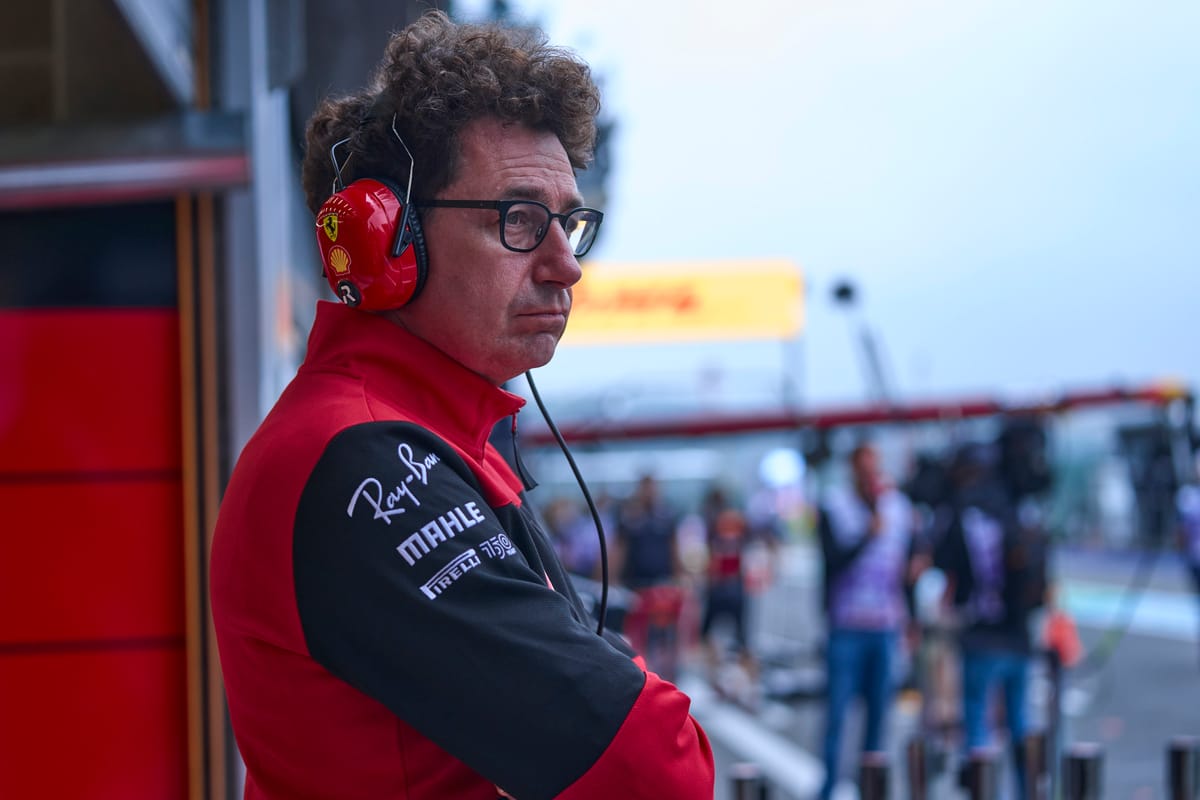Up Next

Audi doesn’t fail in motorsport; its triumphs in sportscars, tin-tops and rallying prove that. Yet the inability to convince Carlos Sainz to join its Formula 1 project is a dire indictment of its prospects when it comes to grand prix racing.
The problem isn’t simply that it couldn't sell Sainz on the team. Naturally, his focus was on retaining a place in frontrunning machinery after being ousted from Ferrari by the shock signing of Lewis Hamilton.
Had it lost out to Red Bull or Mercedes, Audi could have been at peace with that because those alternatives offered immediate results. But rejecting its overtures in favour of joining Williams would have set the alarm bells ringing in Ingolstadt and Hinwil had they not already sounded and led to the management overhaul and the recruitment of ex-Ferrari team principal Mattia Binotto.
That regime change might have had the power to change Sainz’s mind given he’s an old ally of Binotto, who originally signed him at Ferrari.
The trouble is, it came too late both in terms of the looming Williams deadline and the time it will take for Binotto to establish himself and potentially convince Sainz that Audi is on the right path. The very fact Audi’s outgoing F1 leader Andreas Seidl, another former team boss of Sainz, couldn’t convince the Ferrari driver tells you how much work there is to do.
Both Sauber and Williams are striving to recover from tough times resulting from long-standing financial troubles.
Both are under relatively new ownership with serious cash being invested. Both have realistic ambitions of eventually emerging as frontrunners on a long enough timeline, albeit at a point where Sainz will be in his mid-30s at best. Both have immense racing heritage. Yet Audi, on paper, has huge advantages.
It has its own in-house engine programme, past and future leadership that Sainz knows well from his days at McLaren and Ferrari, and the might of one of the biggest car manufacturers in the world behind it. That should not just tip the balance in Audi’s favour, but tilt the field to near vertical. Yet Williams convinced Sainz to shun Audi.
Sainz is laser-focused on having the most competitive package possible in 2025 and beyond. He has made the best of his difficult situation with his public utterances, claiming earlier this year “all of the options that I have on the table are good options”.
Accentuating the positive, certainly, but privately you could forgive him for being frustrated that he’s having to pick through the dregs in terms of current performance with the top five teams out of the hunt. But he’s also correct when he argues that predicting what will happen in 2026 is difficult with the new power units and chassis regulations.
Even though Audi’s appeal is self-evident, he’s decided that Williams is the least-worst of his potential destinations. Using that phrase might sound harsh, but Sainz has been performing at a high level in recent years at a top team and it’s only a bizarre set of circumstances that has locked him out of F1’s leading operations.
While Williams isn’t exactly flying right now, there’s a clear plan that’s been put in place by team principal James Vowles that is yielding fruit. It has a bigger staff than the Sauber operation at Hinwil and the evidence is there for all to see of the determination of owner Dorilton Capital to evolve the team into a frontrunner - even if progress might be subtle in terms of results right now.
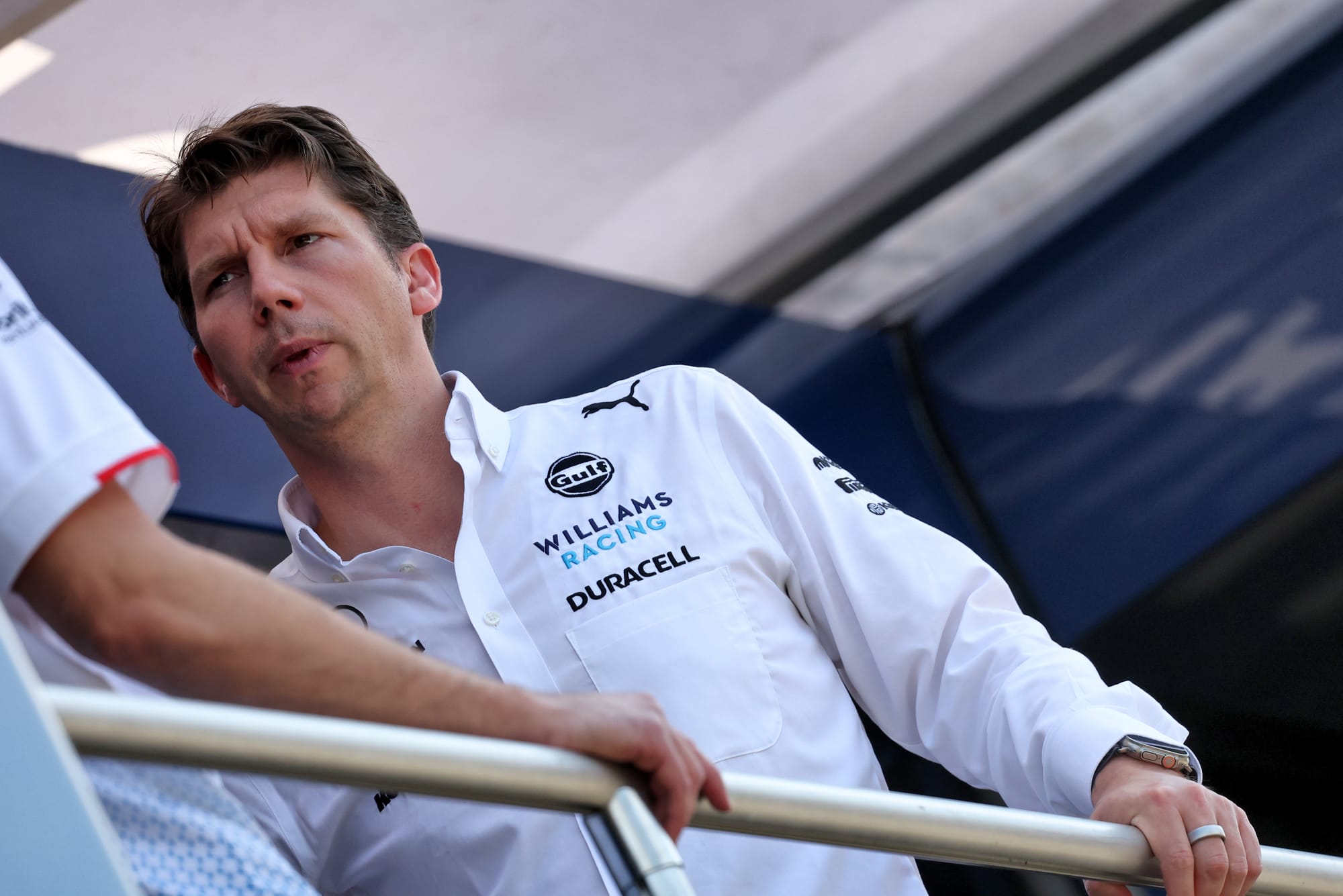
The problem is that all the arguments for choosing Sauber/Audi are in the realm of the hypothetical and the results clearly favour Williams. Sauber is, on average, the slowest team, has not scored a point in 2024 (with a terrible return of just 20 in the last 48 events) and is trending the wrong way in terms of performance.
The Sauber C44 is lacking in downforce, has sucked the confidence out of Zhou Guanyu, doesn’t respond well to bumps on landing, struggles for front-end in slow corners and lacks high-speed stability.
Right now, even to make it to Q2 requires Valtteri Bottas, still a very fast driver, and the team to do a perfect job. As for race pace, based on the evidence of recent events where Bottas has qualified well (Spain and Hungary for example), right now that is weaker than the single-lap speed. On top of that there have been plenty of problems with the cars, some well known such as the pitstop problems that have now at least been eliminated by hardware changes, some less so.
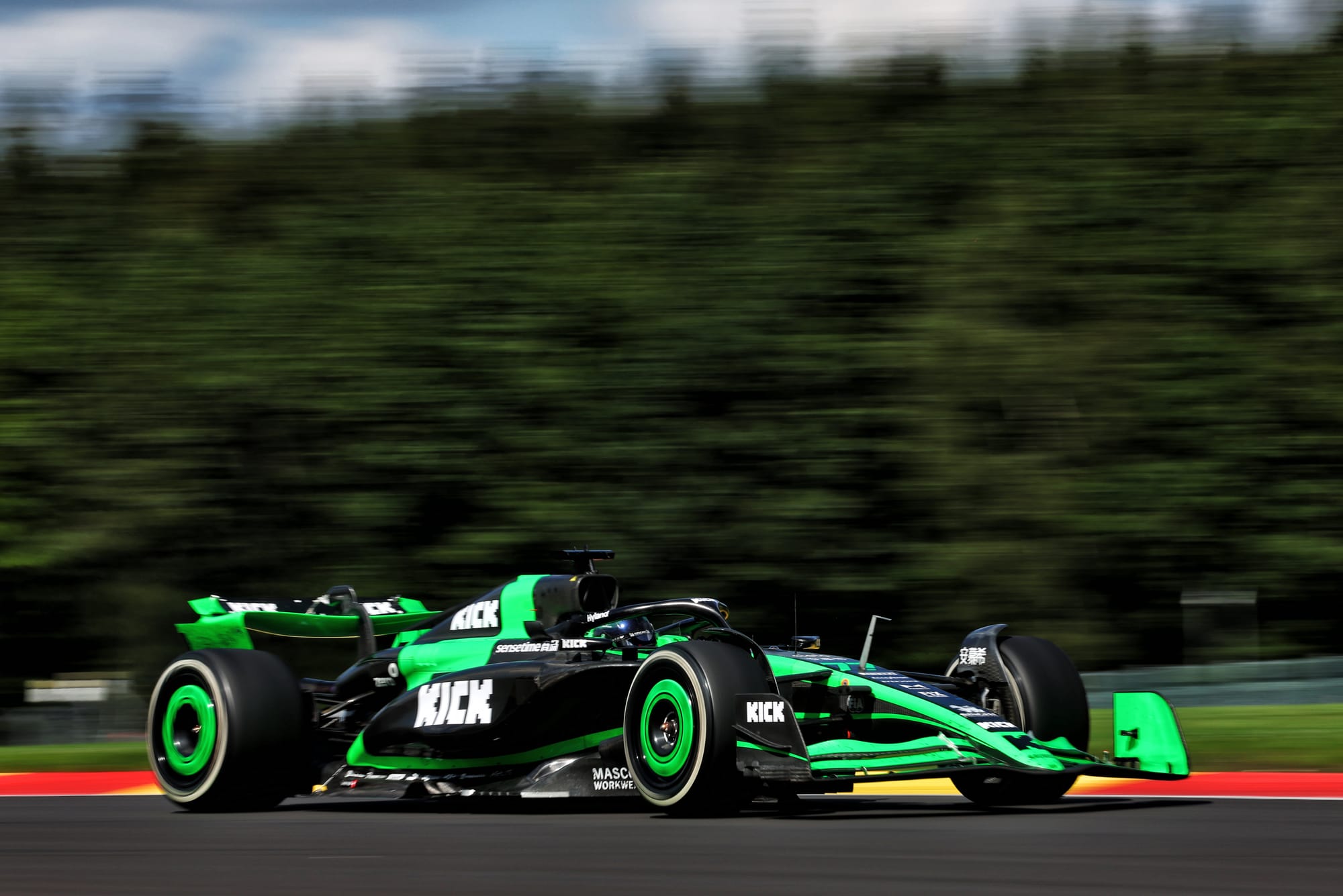
Sauber’s average deficit to the front is just under two per cent this season, so you can argue that it won’t take much to climb back up the order. But Sauber has many problems, one of which is a development rate that is too slow.
Something is obviously missing.
These are tricky cars to get the best out of and an area Sauber has consistently struggled is in terms of achieving a car that works across a wide range of corner-speed profiles. That’s a subtle art, as Mercedes has recently proved relying not only on matching up the downforce production and mechanical platform but also dabbling in the dark art of aeroelasticity. After all, flexible bodywork may be outlawed but it cannot be completely rigid and the most successful teams are making gains through this.
There is ongoing investment in the facilities and a recruitment drive that is expanding the Sauber workforce, which currently stands at 600, so it is a team in transition.
Much of the progress is in the shadows and the team has evolved since Audi made its initial commitment to buy a majority stake in the team before taking sole ownership earlier this year. Seidl was instrumental in the key strategic decisions that helped set McLaren on its current trajectory and has done the same at Sauber.
However, sharpening the here and now must not be neglected as part of the process of ‘Audification’ and despite having plenty of accomplished personnel and decent facilities, Sauber is a blunt force. That’s played a key role in the ousting of Seidl.
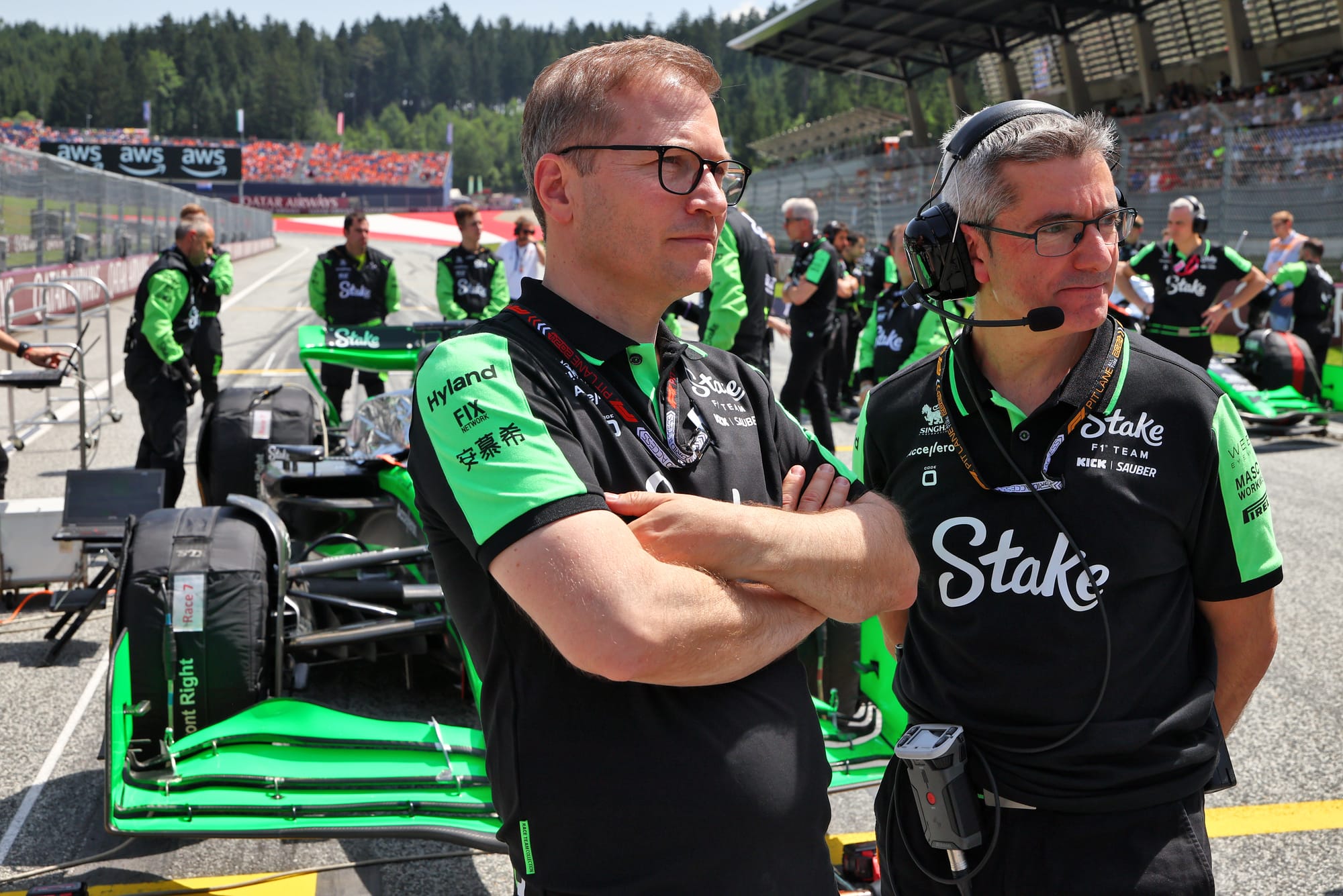
It's easy to be unimpressed from the outside and disregard the unseen parts of the story. Judge McLaren by where it was at the start of 2023 and you would have serious doubts, but since then it has catapulted to the front. Sainz has been given the hard sell yet even from peering inside and being shown the very best of the Audi F1 roadmap, he’s clearly not even close to convinced.
The same is not true of Williams. It has a long way to go but Vowles has given a very convincing sales pitch for months. He’s also shrewd enough to realise that it would be a mistake to let the new regime at Audi have time to convince its top target to stay on, hence not allowing any further time for delay.
Williams doesn’t have a world-beating car, has scored just four points so far this season (ironically, Sainz himself is responsible for that tally not being a little larger given his Montreal mishap that eliminated Albon) and has a long way to go. But the direction of travel is clearly more convincing. At the very least, we can conclude Sainz believes it will offer him a better chance of results for the next two or three years.
Of course, Sainz could be wrong. He might have turned his back on the chance to be in what will be a championship-winning Audi a few years down the line.
But he’s not prone to rash or ill-founded judgements and is well aware of the positives of joining a works team, yet is not only unconvinced but also doubtful enough to pin his career on a Williams team that also can’t be expected to give him machinery to win in the short term.
Reputation can only get you so far and Sainz’s verdict is damning for Audi. That Sainz was standing on the horns of a driver market dilemma for so long and leaped away from Audi suggests it could be the latest big-money manufacturer to have bitten off more than it can chew in taking on F1.
Perhaps it has realised that, but it underlines how much Binotto has to do when he starts work on August 1.


